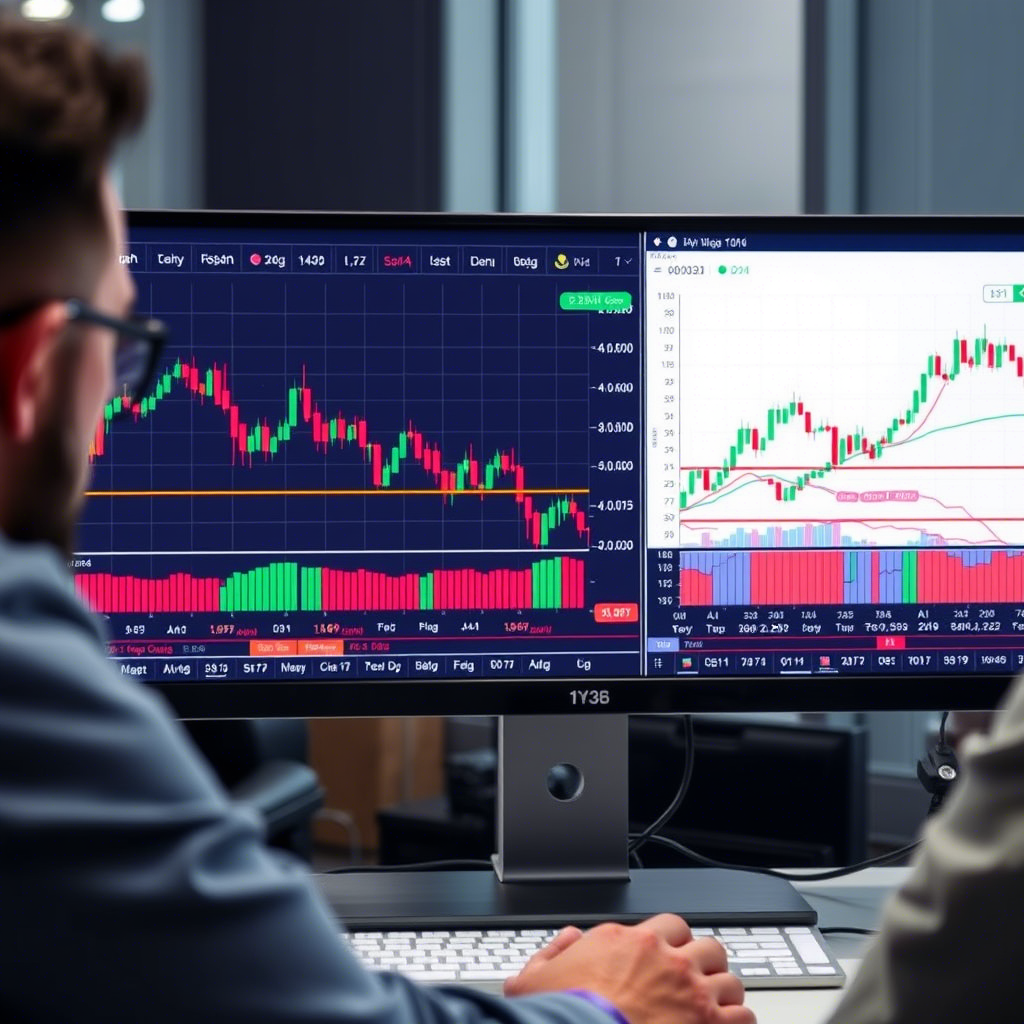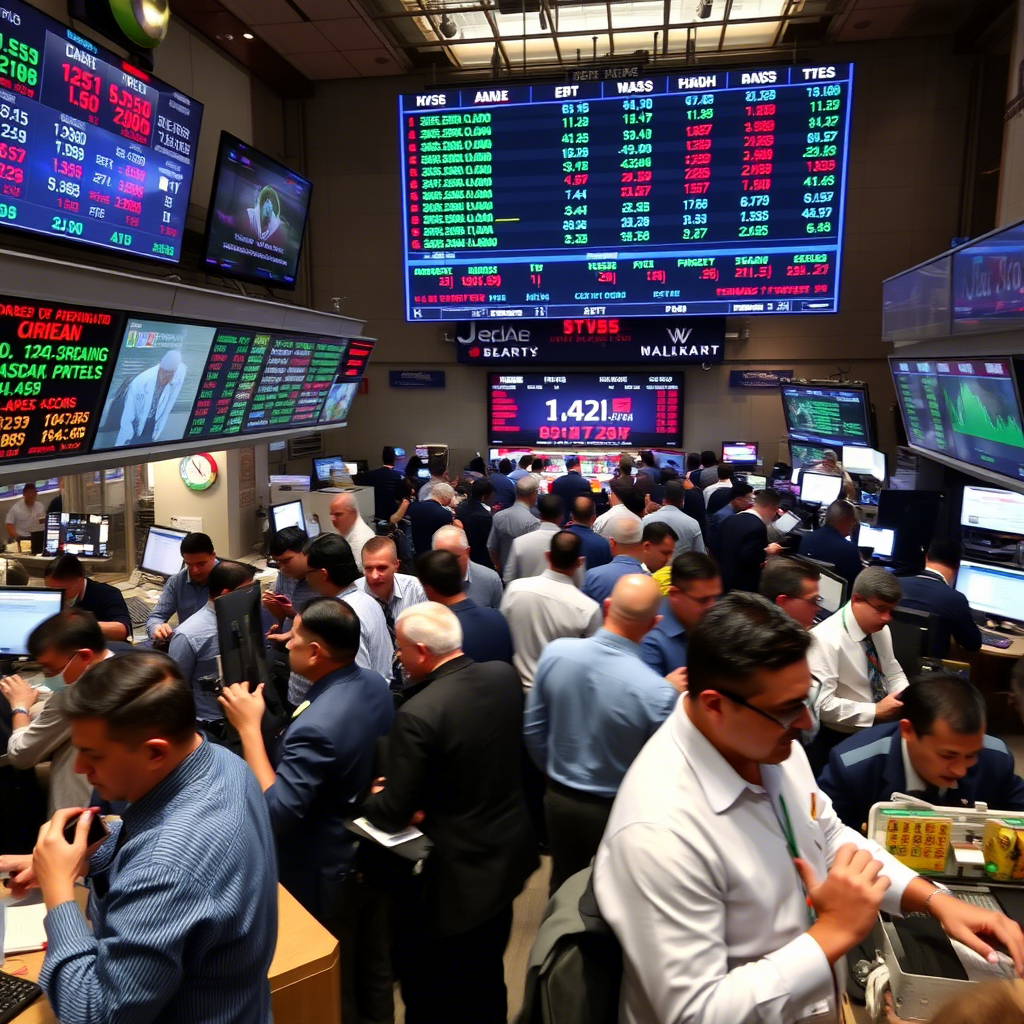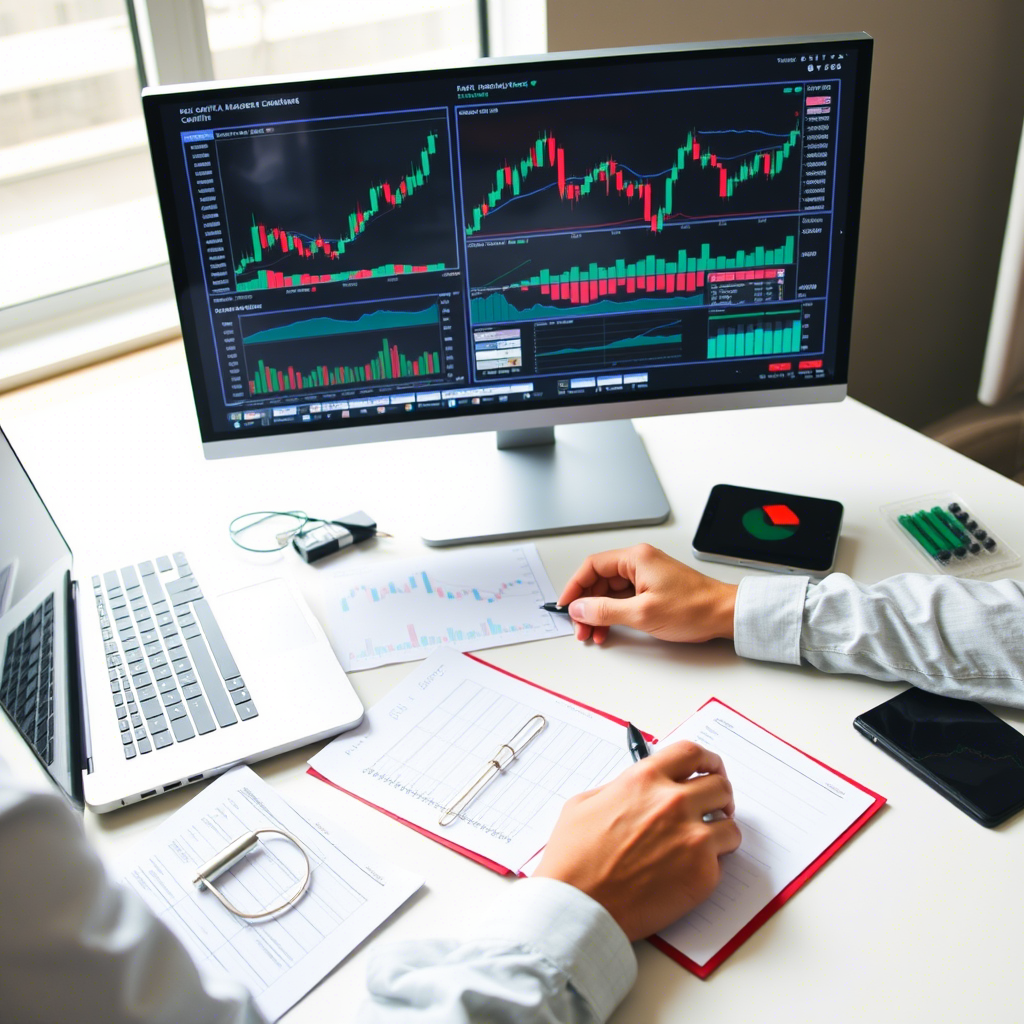Trading Signals in Forex Trading: Your Guide to Smarter Decisions

What Are Trading Signals?
Trading signals are recommendations or alerts that indicate optimal times to enter or exit a forex trade. They typically include details like the currency pair (e.g., EUR/USD), direction (buy or sell), entry price, stop-loss, and take-profit levels. Signals are generated through:
-
Technical Analysis: Using indicators, chart patterns, or price action.
-
Fundamental Analysis: Based on economic news or central bank policies.
-
Automated Systems: Algorithms or bots that analyze market data.
-
Expert Insights: Provided by experienced traders or signal services.
Think of trading signals as a GPS for the forex market, guiding you toward high-probability trades while saving time and reducing guesswork.
Why Trading Signals Matter in Forex
Trading signals are valuable for traders of all levels because they:
-
Simplify Decision-Making: Provide clear, data-driven trade ideas, reducing emotional bias.
-
Save Time: Eliminate the need for constant market analysis, ideal for busy traders.
-
Enhance Accuracy: Combine multiple analysis methods for more reliable setups.
-
Support Learning: Help beginners understand market patterns and strategies.
-
Offer Consistency: Enable disciplined trading by following tested signals.
Whether you’re scalping GBP/JPY or swing trading AUD/USD, signals can boost your confidence and profitability.
Types of Trading Signals
Trading signals come in various forms, each suited to different trading styles and goals. Here’s a breakdown:
1. Technical Signals
What They Are: Derived from chart analysis, indicators, or price action.
Examples:
-
Moving Average Crossovers: A 20-day EMA crossing above a 50-day EMA signals a buy.
-
RSI Divergence: RSI below 30 with a bullish price divergence suggests a buy.
-
Candlestick Patterns: A bullish engulfing candle at support indicates a buy.
Best For: Traders who rely on charts and technical analysis.
2. Fundamental Signals
What They Are: Based on economic data, news, or central bank actions.
Examples:
-
A US Non-Farm Payrolls (NFP) report beating expectations signals a USD buy.
-
An ECB rate cut announcement suggests a sell on EUR pairs.
-
Strong Australian GDP growth prompts a buy on AUD/USD.
Best For: News traders or those combining fundamentals with technicals.
3. Automated Signals
What They Are: Generated by algorithms or trading bots analyzing market data.
Examples:
-
Expert Advisors (EAs) on MetaTrader 4/5 issuing buy/sell alerts.
-
AI-driven platforms scanning for breakout patterns.
-
Signals from proprietary broker tools based on volatility or trends.
Best For: Traders seeking hands-off solutions or high-frequency trading.
4. Manual Signals
What They Are: Provided by professional traders or signal services via platforms, apps, or communities.
Examples:
-
A Telegram channel sending EUR/USD buy signals with entry at 1.1050, stop-loss at 1.1000.
-
A TradingView expert sharing GBP/JPY sell setups.
-
Paid services like ForexSignals.com offering daily trade ideas.
Best For: Beginners or traders lacking time for analysis.
How Trading Signals Are Generated
Signals are created through a combination of analysis methods:
-
Technical Indicators: RSI, MACD, Bollinger Bands, or Fibonacci retracements identify trends or reversals.
-
Chart Patterns: Head and shoulders, triangles, or support/resistance breakouts signal trade setups.
-
Economic Events: High-impact news like interest rate decisions or inflation reports trigger fundamental signals.
-
Price Action: Candlestick patterns or supply/demand zones provide entry cues.
-
Algorithmic Models: Bots scan historical and real-time data for statistical patterns.
For example, a signal to buy USD/CAD might arise from a bullish MACD crossover on a 4-hour chart, confirmed by strong US employment data.
How to Use Trading Signals Effectively
To maximize the value of trading signals, follow these steps:
1. Choose a Reliable Source
Select signals from reputable providers:
-
Signal Services: Research reviews on platforms like Trustpilot or forex forums.
-
Brokers: Many offer free signals (e.g., IG, OANDA) but verify their track record.
-
Communities: TradingView or Telegram groups can be useful, but beware of unverified sources.
2. Understand the Signal
Each signal should include:
-
Currency pair (e.g., EUR/JPY).
-
Direction (buy/sell).
-
Entry price, stop-loss, and take-profit levels.
-
Timeframe (e.g., H1, D1).
-
Rationale (e.g., RSI oversold, NFP release).
Ensure you grasp the logic before acting.
3. Combine with Your Strategy
Use signals to complement your trading plan:
-
Confirm with your technical analysis (e.g., check support levels).
-
Align with fundamentals (e.g., trade USD signals after Fed news).
-
Adjust for your style (e.g., scalping vs. swing trading).
4. Practice Risk Management
Protect your capital:
-
Risk 1-2% per trade to survive losing streaks.
-
Use the signal’s stop-loss or set your own based on chart levels.
-
Aim for a 1:2 or 1:3 risk-to-reward ratio.
5. Test in a Demo Account
Before using signals with real money, practice in a demo account to:
-
Evaluate signal accuracy.
-
Learn how signals fit your trading style.
-
Build confidence in execution.
Strategies for Trading with Signals
Here are two effective ways to incorporate signals into your forex trading:
1. Trend-Following with Signals
What It Is: Using signals to trade in the direction of the market trend.
How It Works:
-
Filter signals for pairs in a clear trend (e.g., EUR/USD uptrend via 50-day MA).
-
Enter buys on bullish signals (e.g., MACD crossover) during pullbacks to support.
-
Set stop-losses below support and target the next resistance.
Best For: Swing traders seeking sustained moves.
2. News-Driven Signal Trading
What It Is: Acting on signals triggered by high-impact economic events.
How It Works:
-
Monitor an economic calendar for events like NFP or ECB rate decisions.
-
Use fundamental signals post-news (e.g., buy USD/JPY after strong US data).
-
Confirm with technical signals (e.g., breakout above resistance).
Best For: Day traders thriving on volatility.
Tips for Using Trading Signals
Maximize success with these practical tips:
-
Verify Signal Providers: Check performance history and avoid “guaranteed profit” claims.
-
Stay Disciplined: Follow the signal’s parameters without second-guessing.
-
Monitor Market Conditions: Signals may underperform in choppy or low-volatility markets.
-
Combine with Analysis: Use signals as a starting point, not a sole decision-maker.
-
Track Performance: Log trades to assess which signals work best for you.
Common Mistakes to Avoid
Steer clear of these pitfalls when using trading signals:
-
Blindly Following Signals: Always understand the rationale to avoid poor trades.
-
Using Unreliable Sources: Scams or inexperienced providers can lead to losses.
-
Overtrading: Acting on too many signals increases risk and costs.
-
Ignoring Risk Management: Skipping stop-losses or risking too much can wipe out accounts.
-
Neglecting Timeframes: A signal on a 5-minute chart may not suit a swing trader.
Tools for Accessing Trading Signals
Leverage these resources to find and use signals:
-
Trading Platforms: MetaTrader 4/5 or cTrader offer built-in signal services or EAs.
-
Signal Providers: ForexSignals.com, DailyFX, or broker tools like Pepperstone’s signals.
-
Communities: TradingView, Telegram, or Discord for crowd-sourced signals.
-
Economic Calendars: Forex Factory or Investing.com to align signals with news.
Conclusion
Trading signals are a powerful tool in forex trading, offering clear, actionable insights to guide your trades. Whether derived from technical indicators, fundamental news, or expert analysis, signals simplify decision-making and enhance profitability when used wisely. Choose reliable sources, combine signals with your strategy, and practice disciplined risk management to maximize their value. Start with a demo account to test signals, track their performance, and build confidence. With trading signals as your ally, you’re well-equipped to conquer the forex market and trade smarter. Dive in today and let signals light the way!




